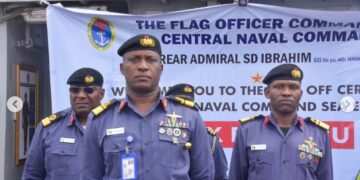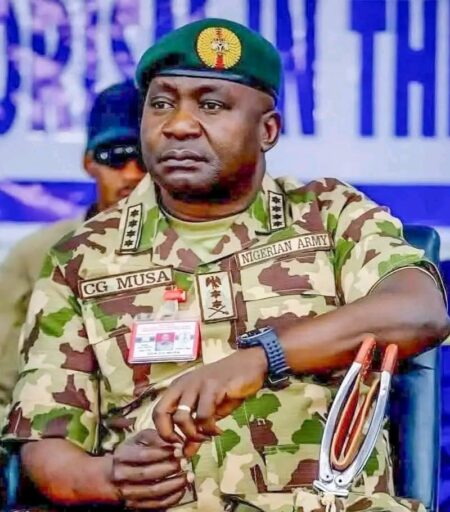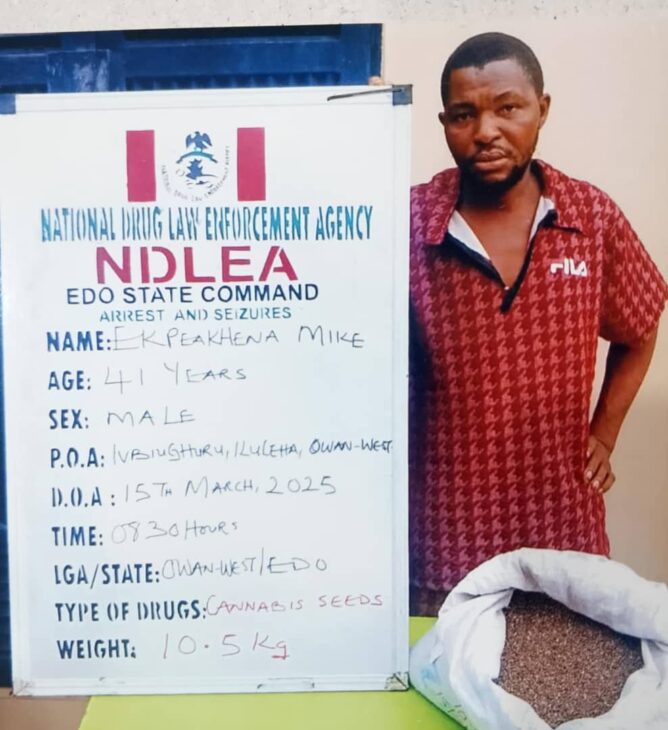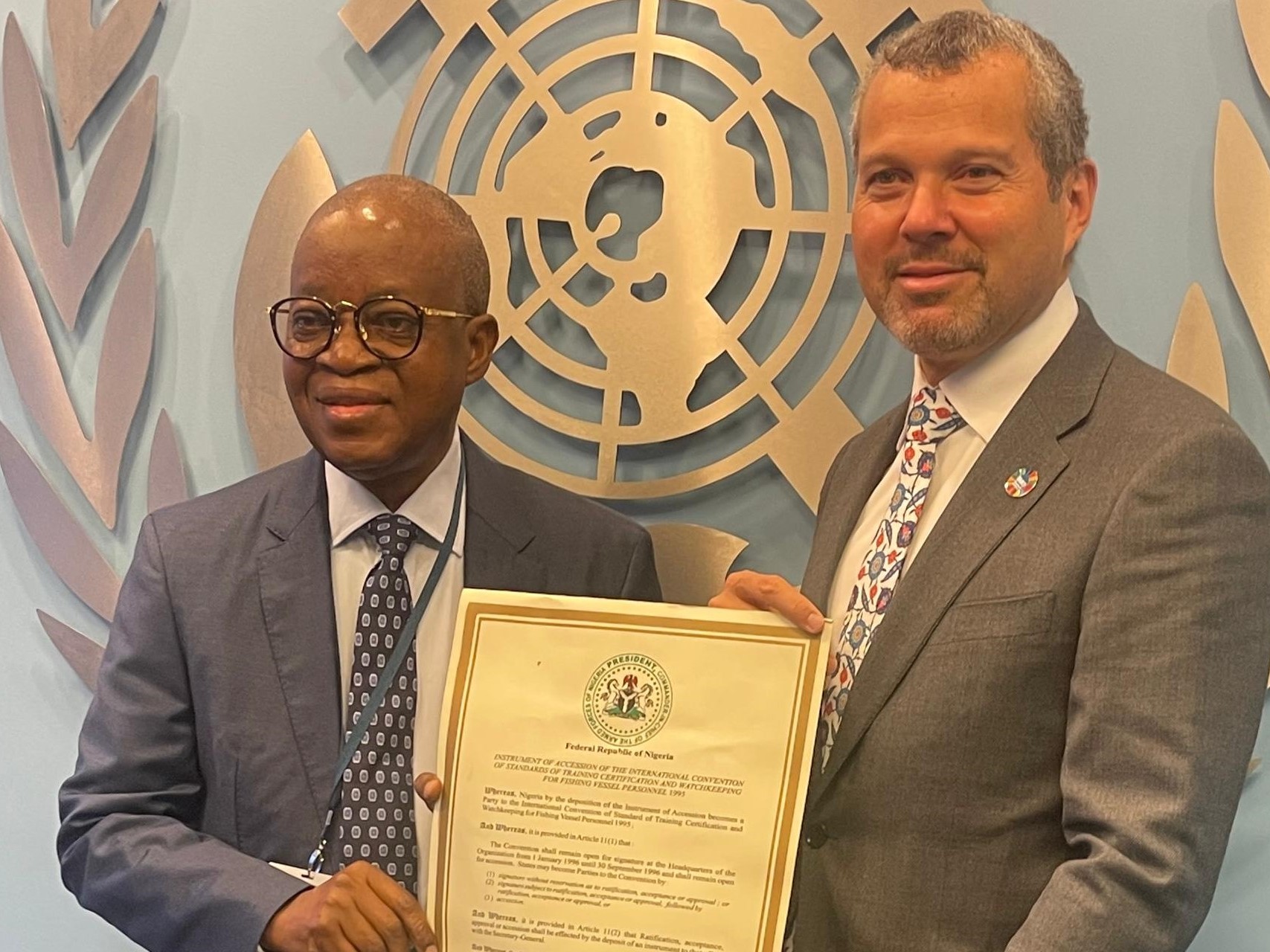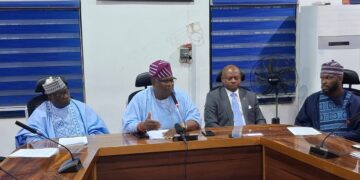Vessels are generally required to be maintained to be in safe and seaworthy condition to be certified to trade.
Safety and seaworthiness has to do with objective parameters such as safety of construction, adequacy of safety equipment carried, adequacy of the radio communications fitted, adequacy of the navigational equipment carried, state of maintenance of the main and auxiliary engines, adequacy of seafarer training and capacity per STCW. It include adequacy of ship management processes and certification.
There is certainly no defined parameter for measuring the ‘looks’ and ‘aesthetic’ presentation of a vessel as a means of determining how safe and seaworthy she might be.
For the foregoing reasons therefore, a vessel might be perfectly safe and seaworthy in terms of her maintenance upkeep and certification whilst wearing the looks of a ‘dog.
This is especially apparent in assessing vessels on the USA and Canadian registry where appropriate emphasis is placed on objective assessment criteria rather the thickness of the ‘lick’ of paint applied to make their vessels look good.
The Nigerian Maritime Administration and Safety Management(NIMASA), our maritime administration, is doing very well and developing appropriate strategies to ensure safe shipping and cleaner seas.
They would be well advised not to over-emphasize looks over objective criteria in accepting ships for registration under the Nigerian flag.
Captain Emmanuel Iheanacho is the Chairman/CEO of Genesis Worldwide Shipping and Integrated Oil&Gas Company Ltd.




